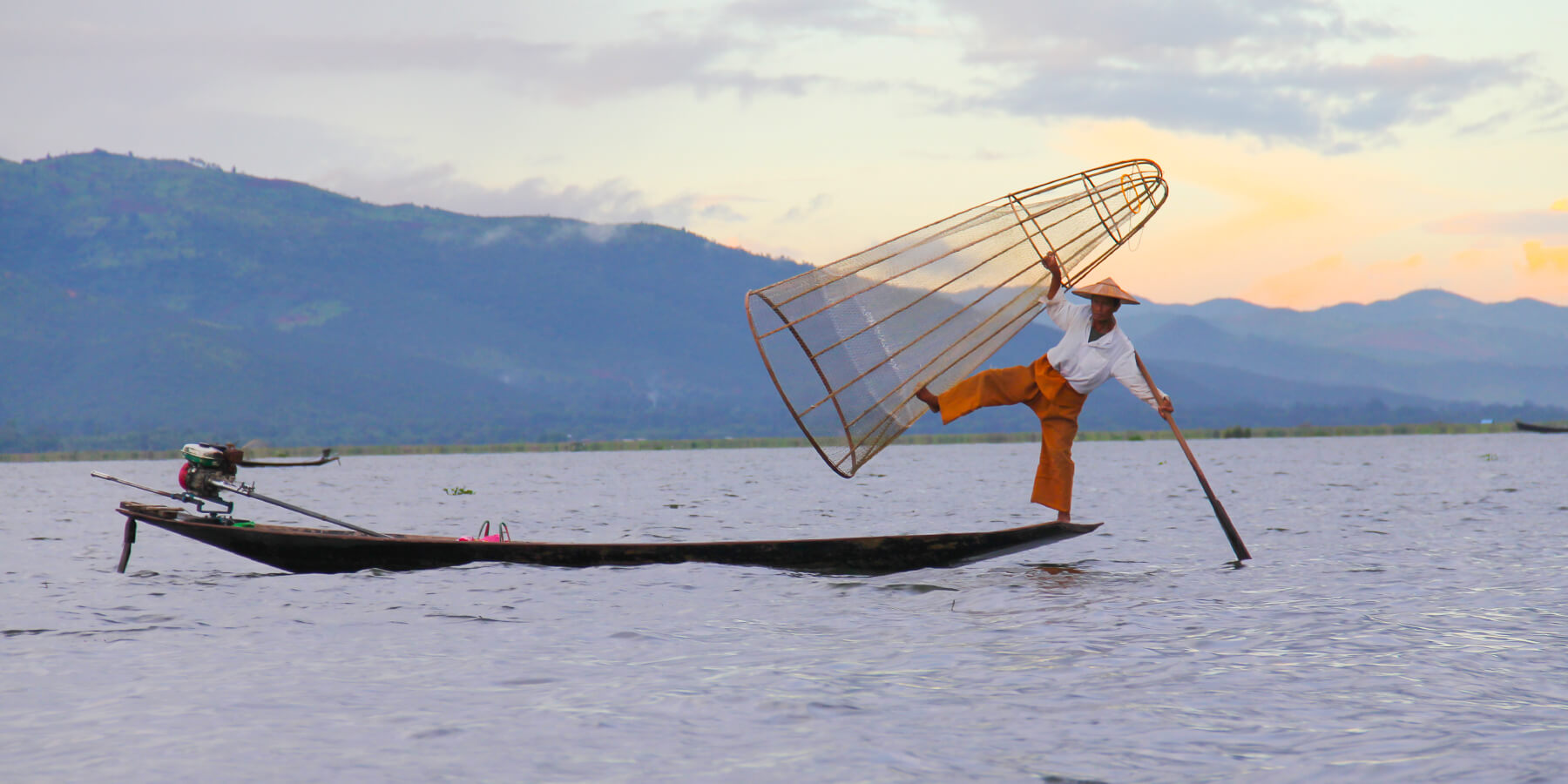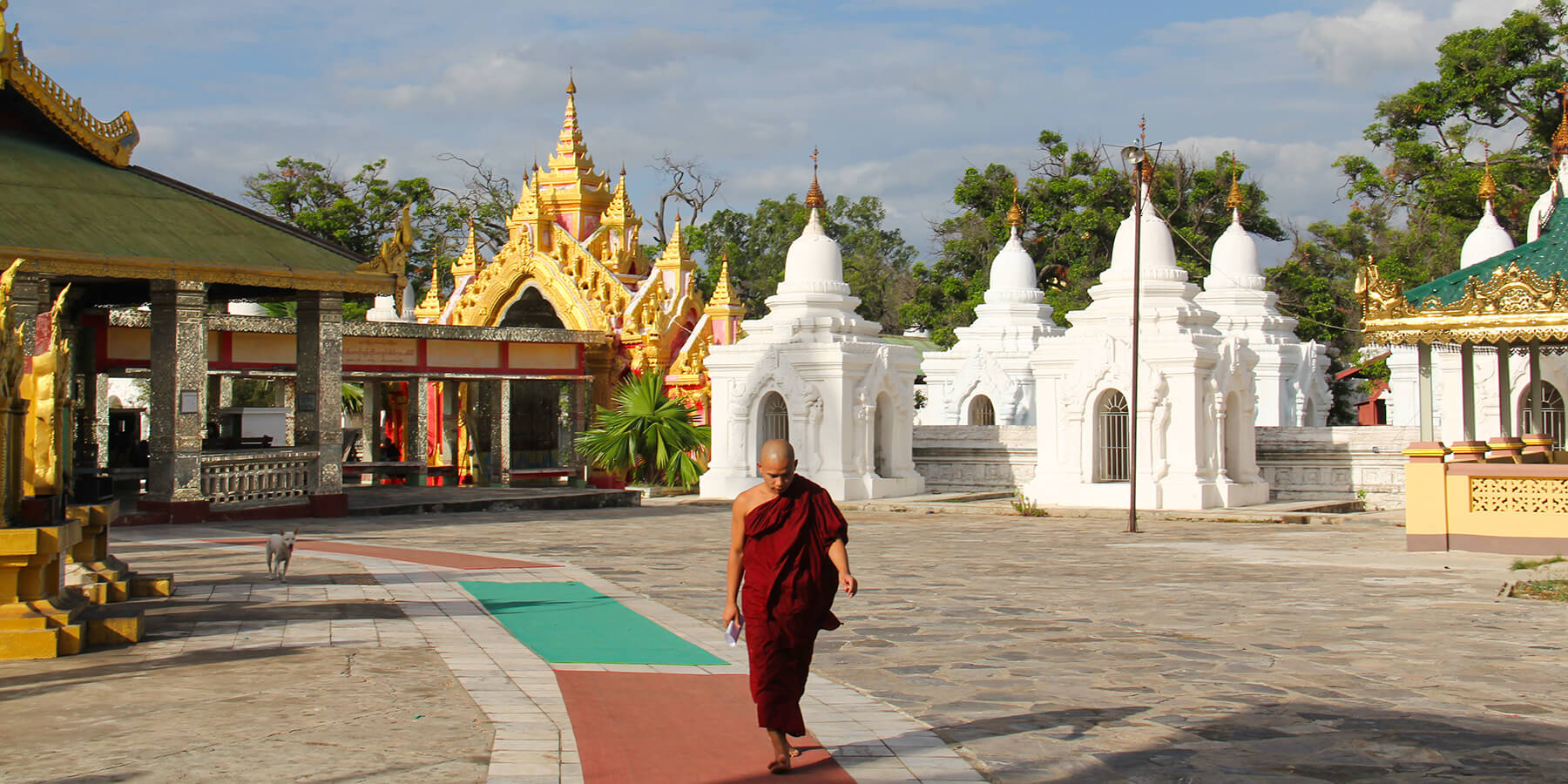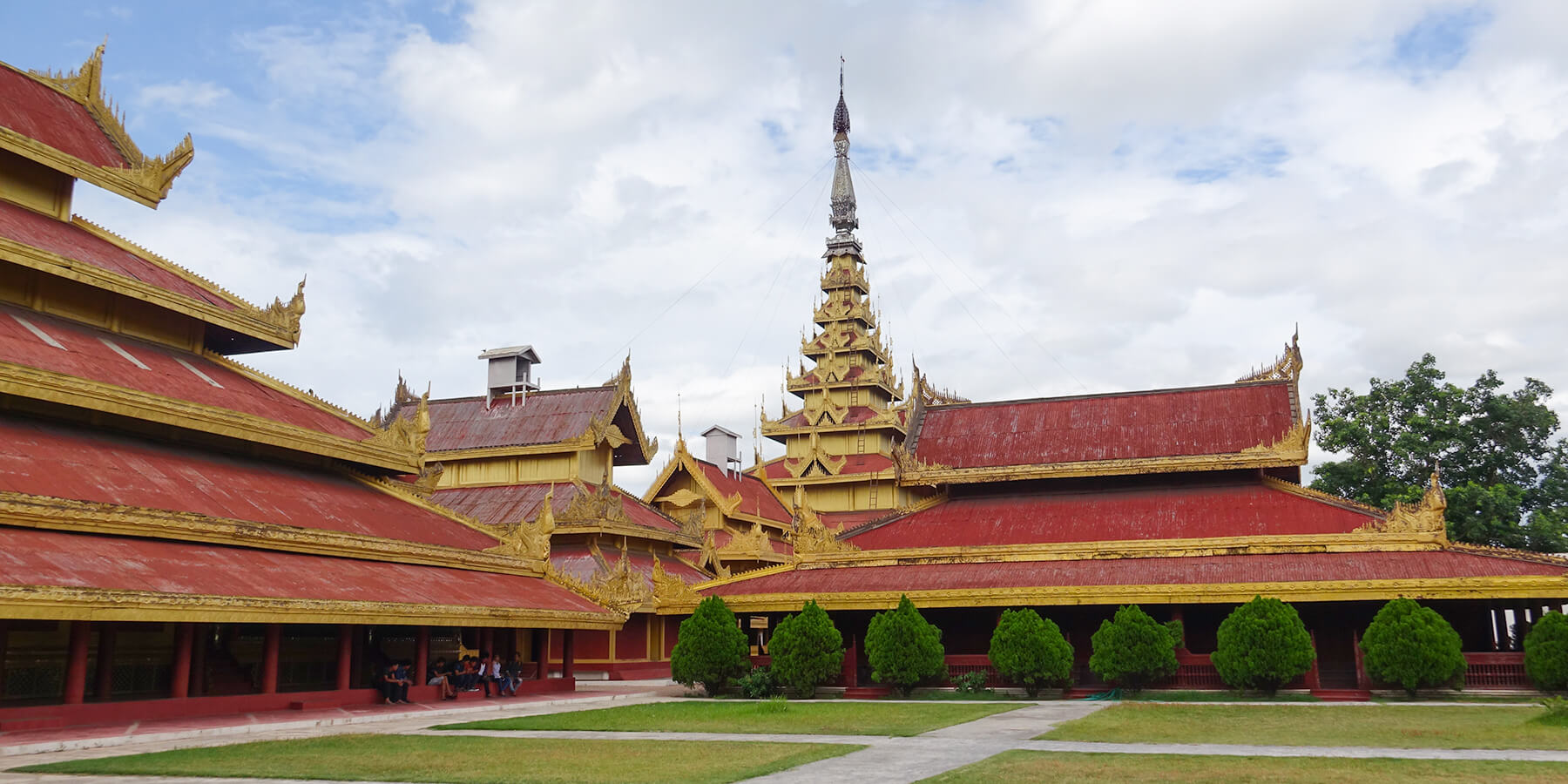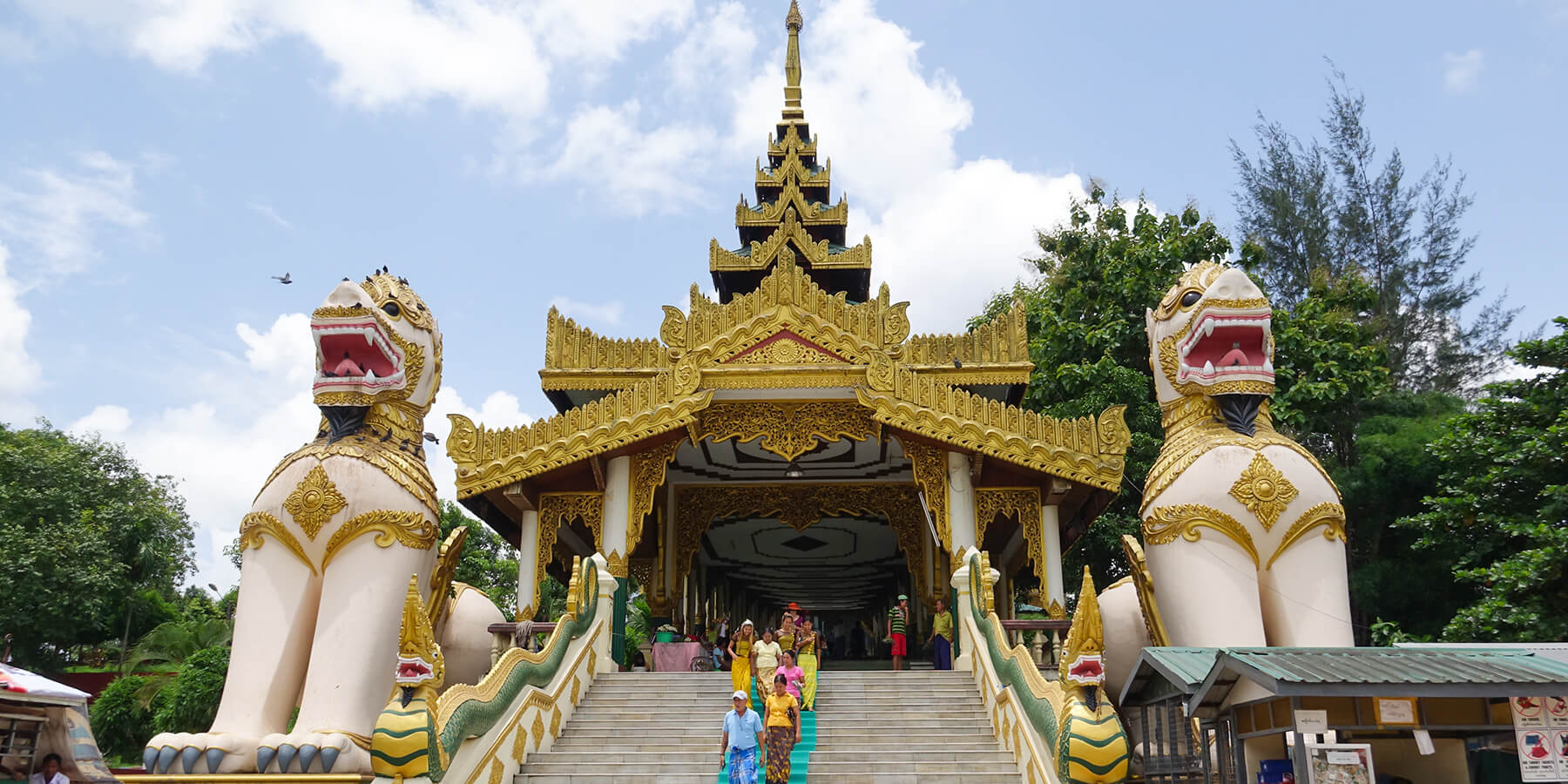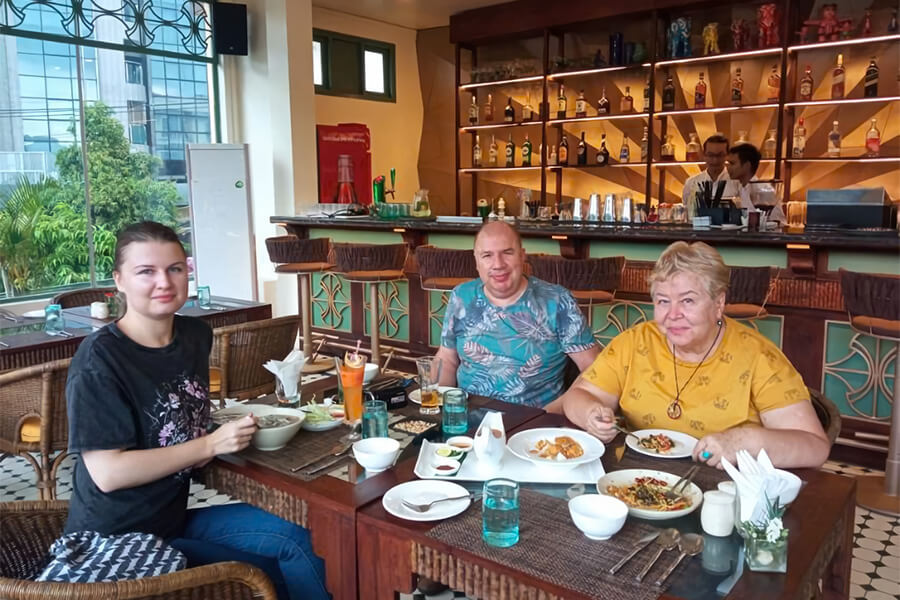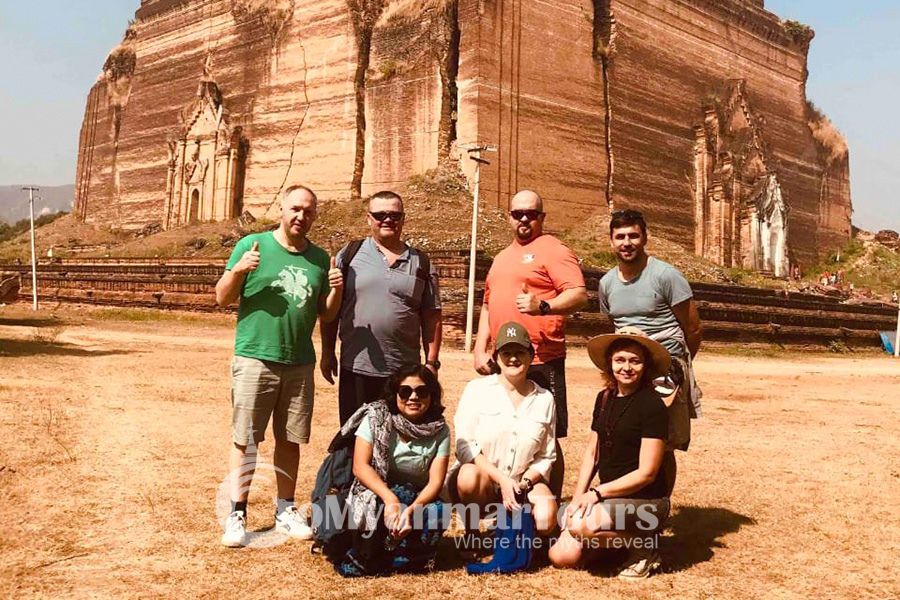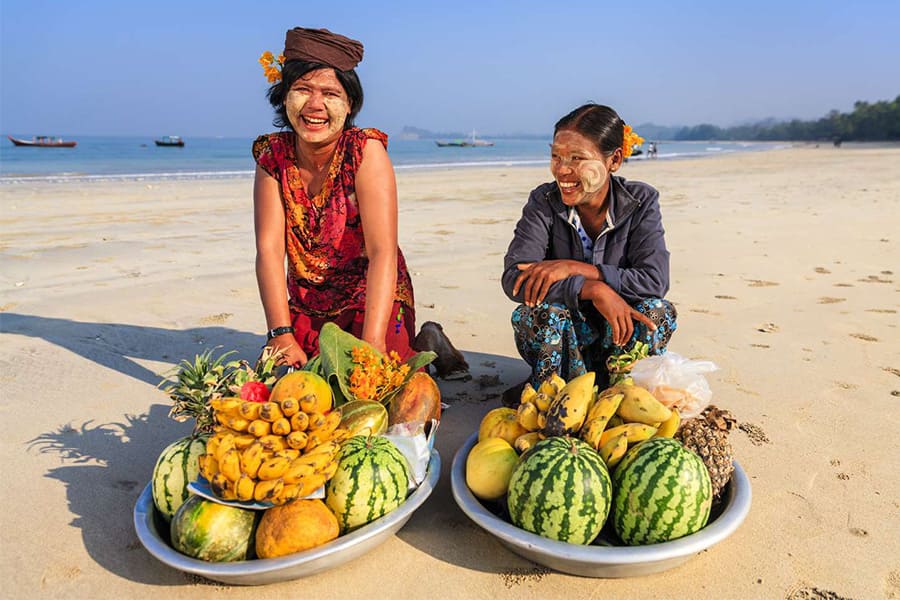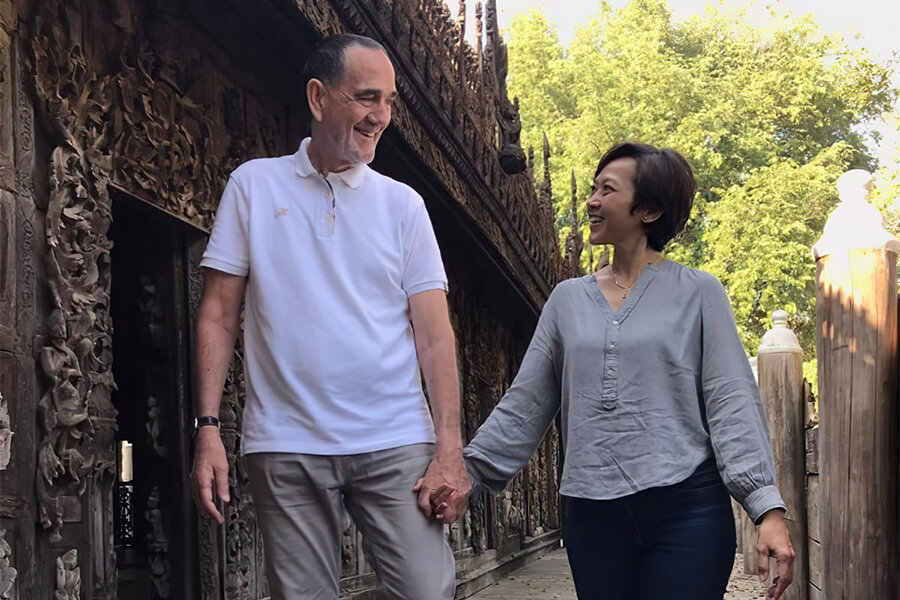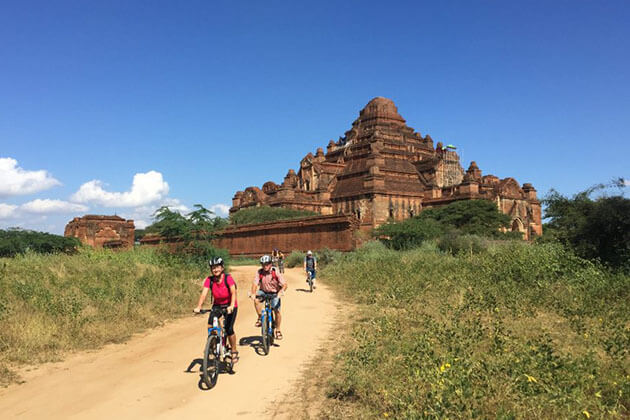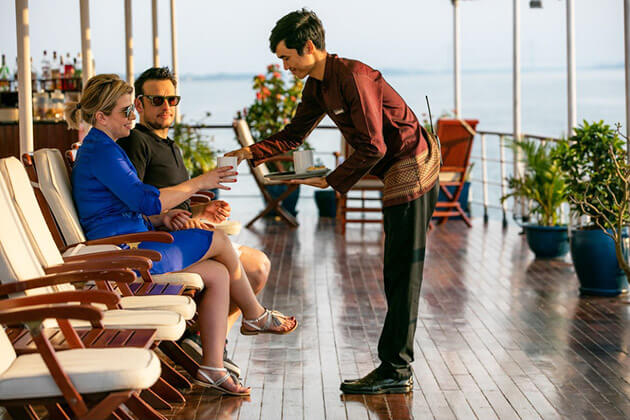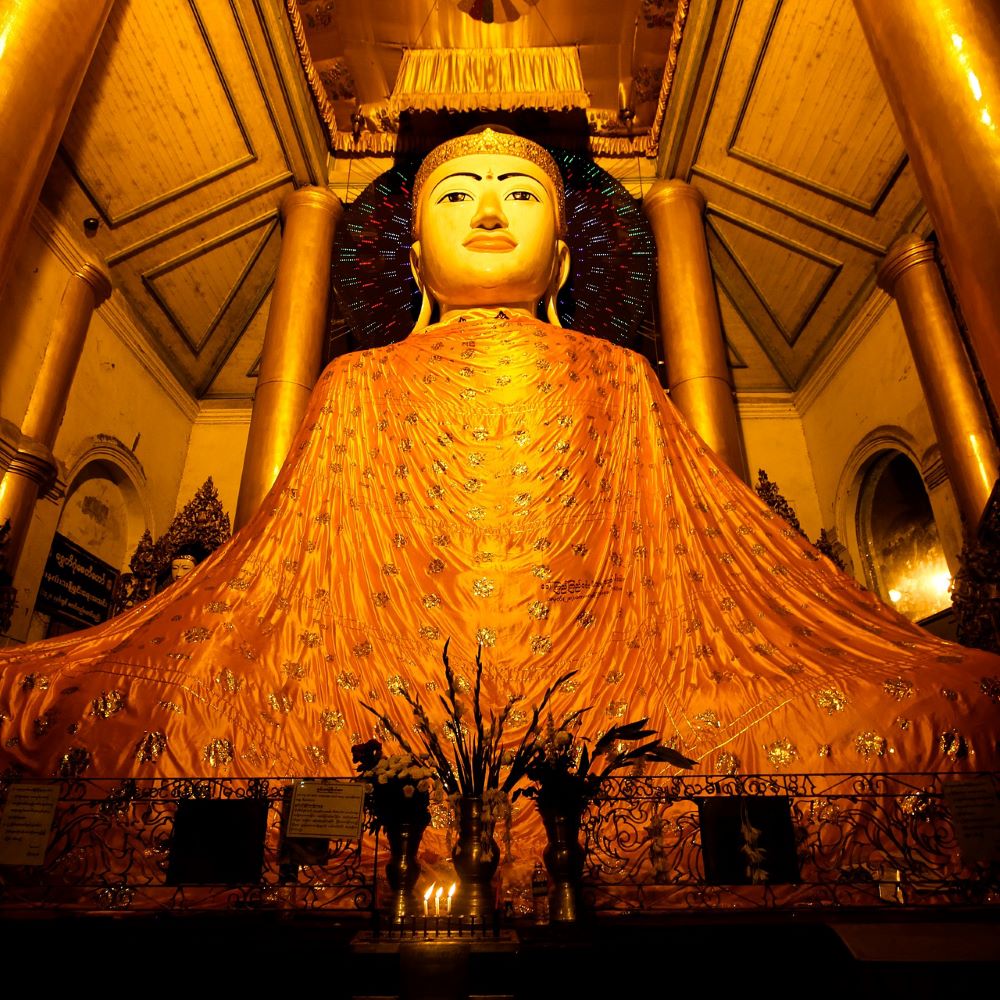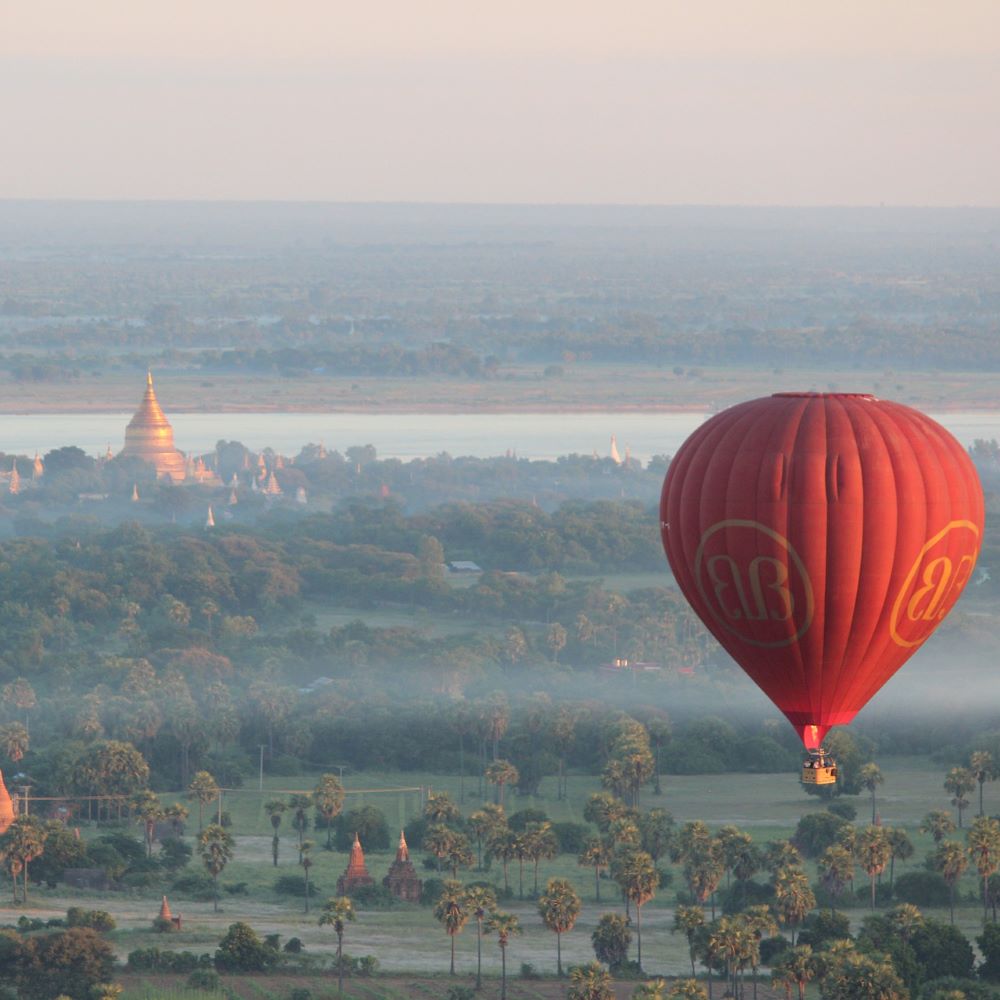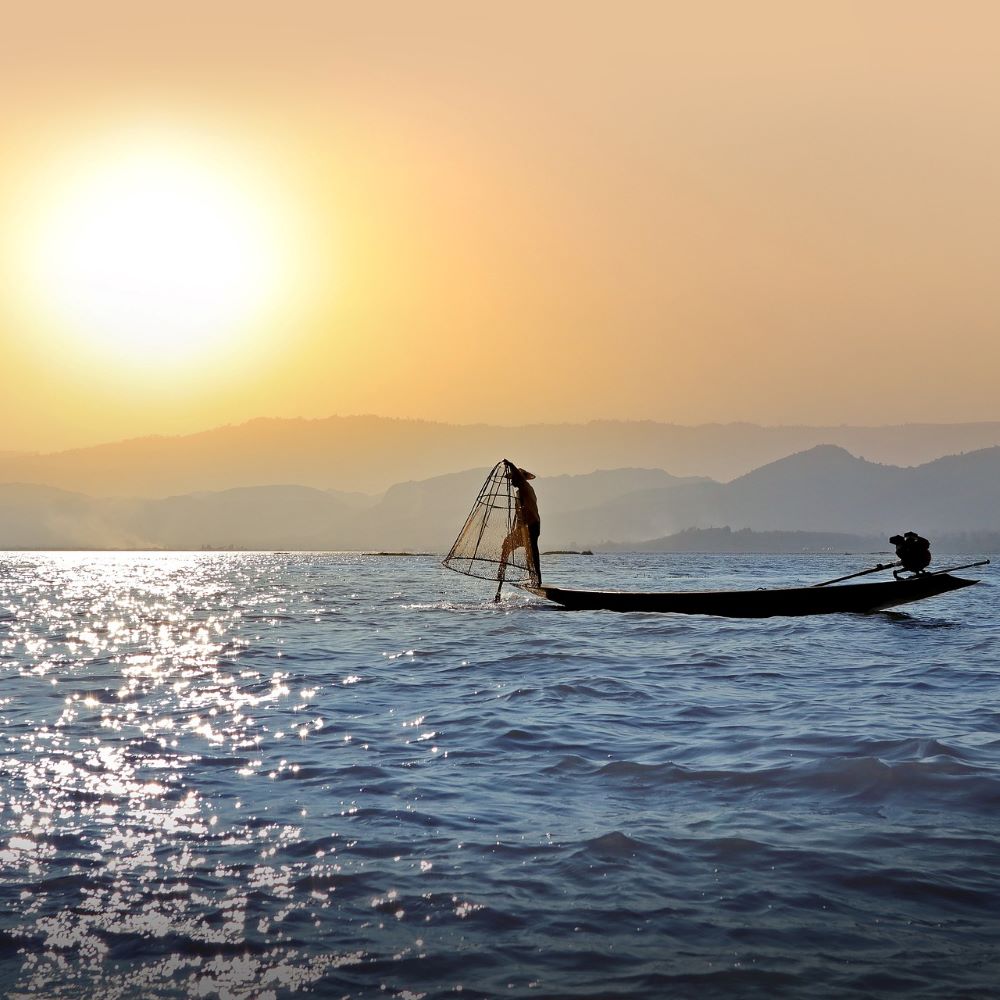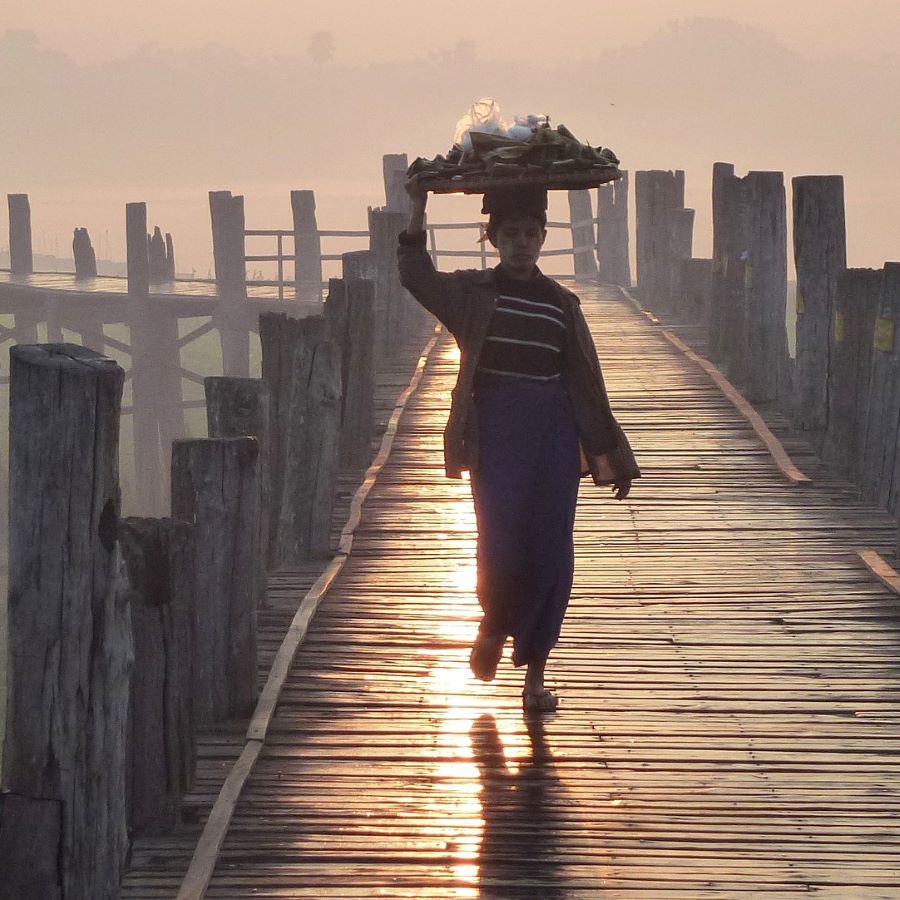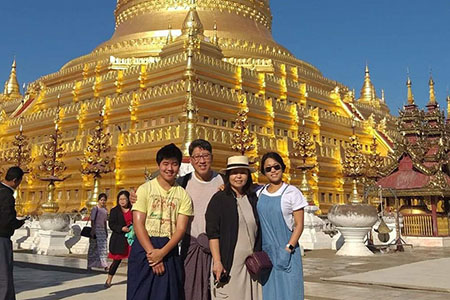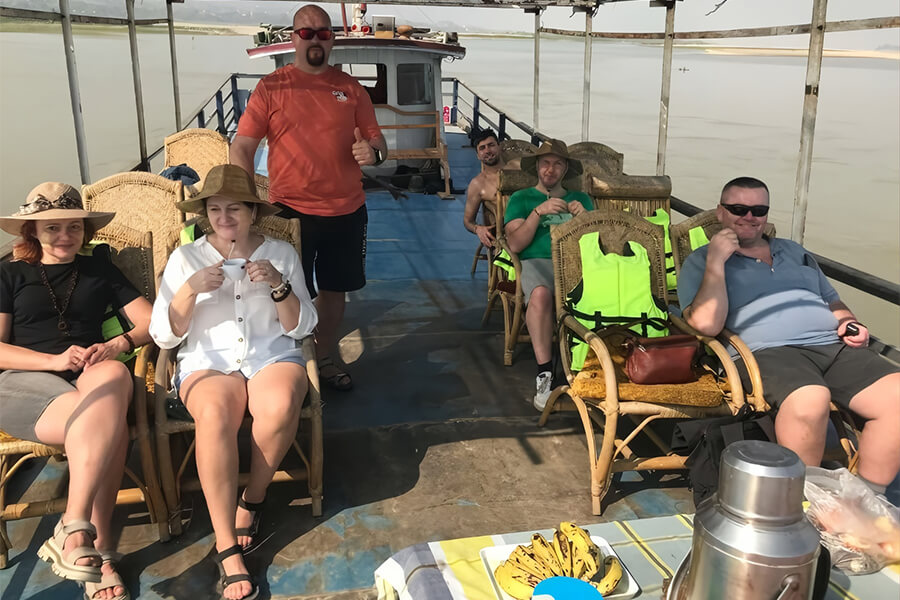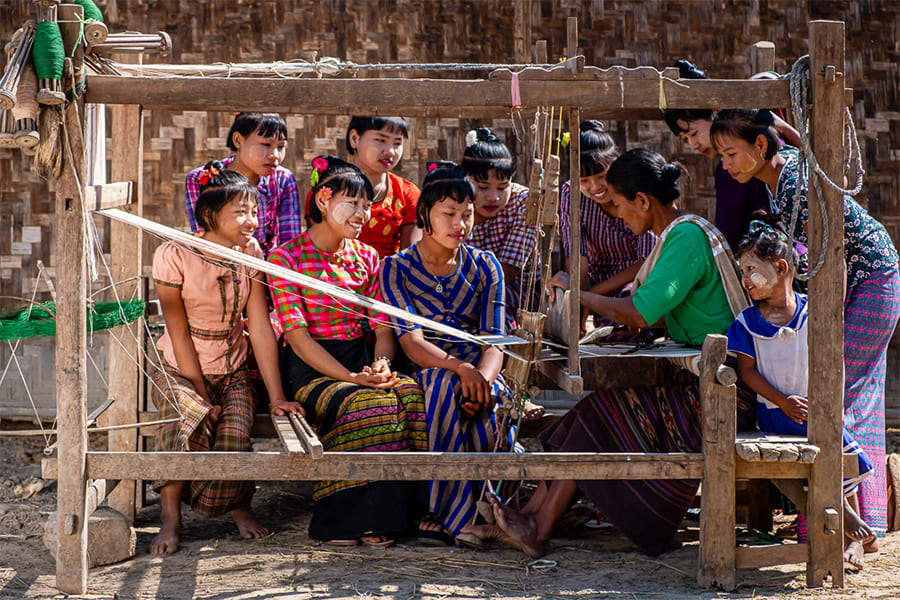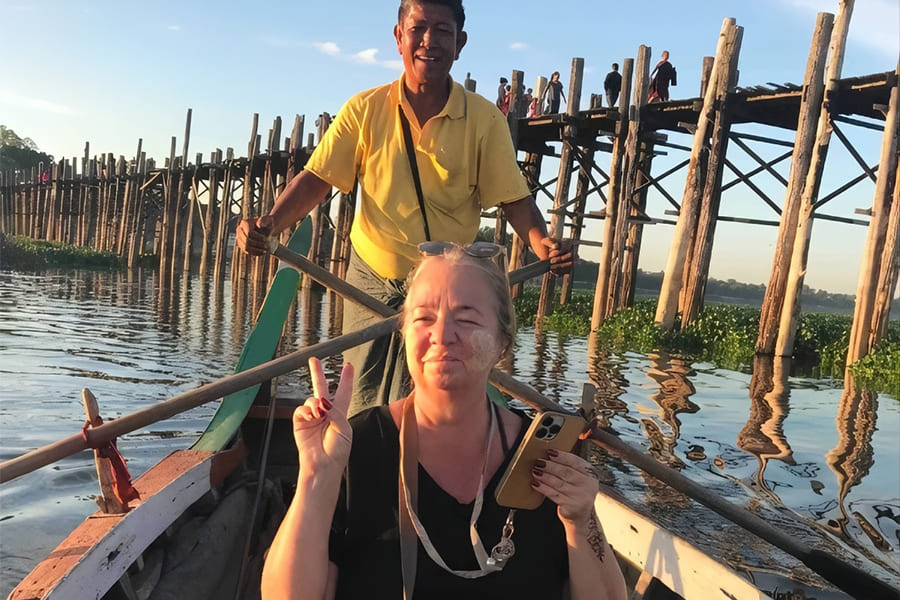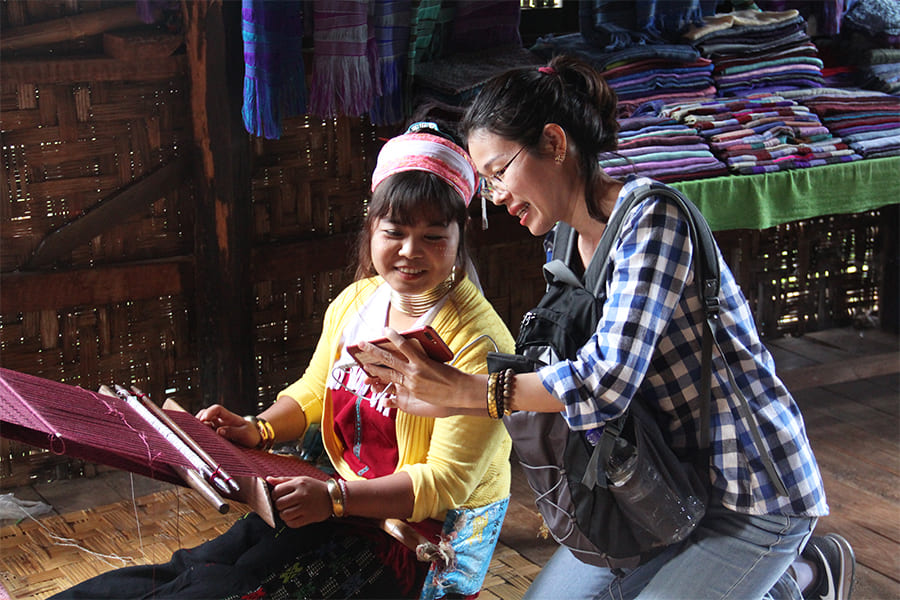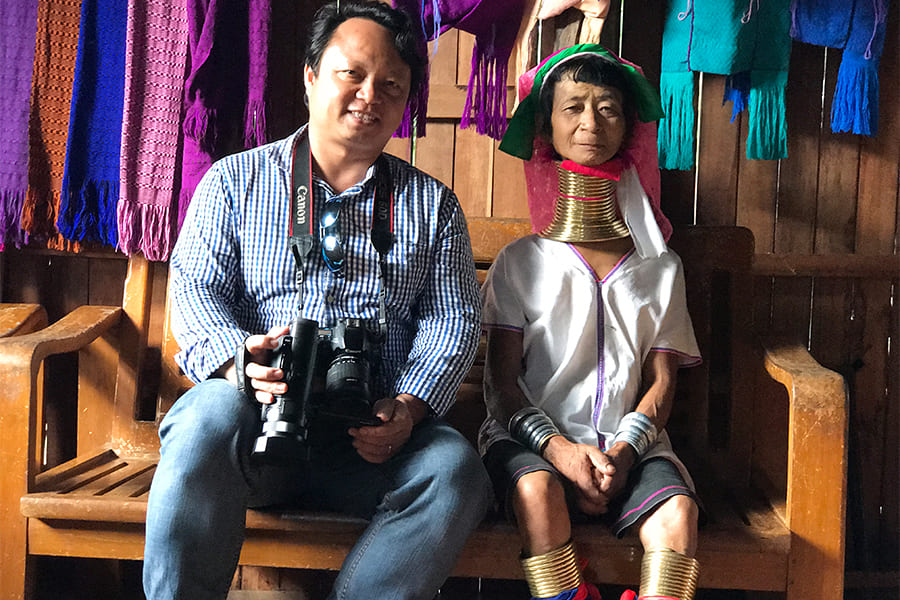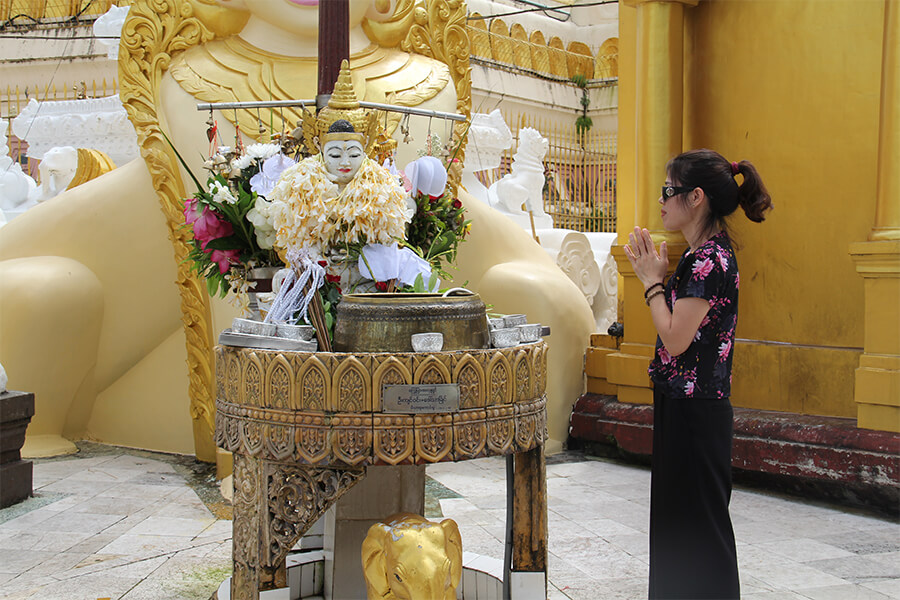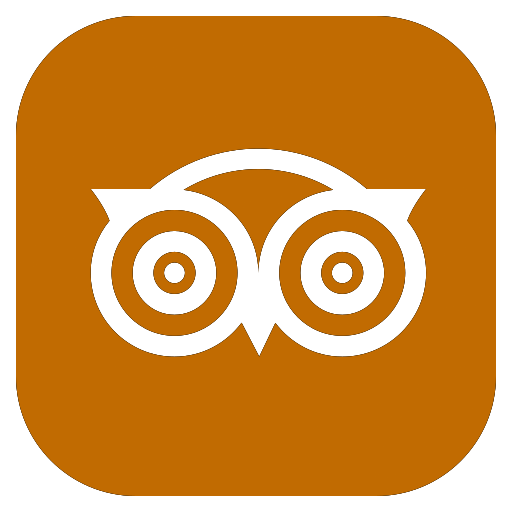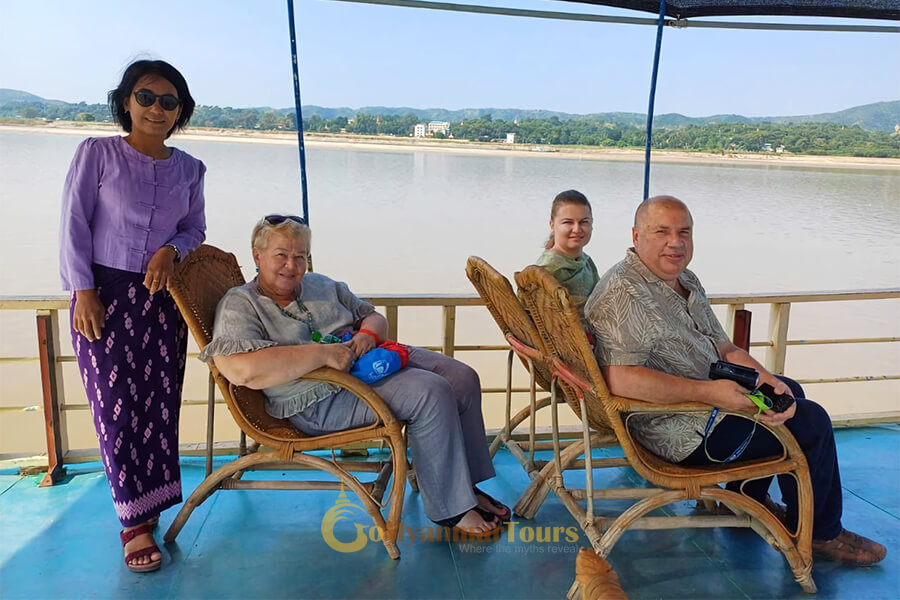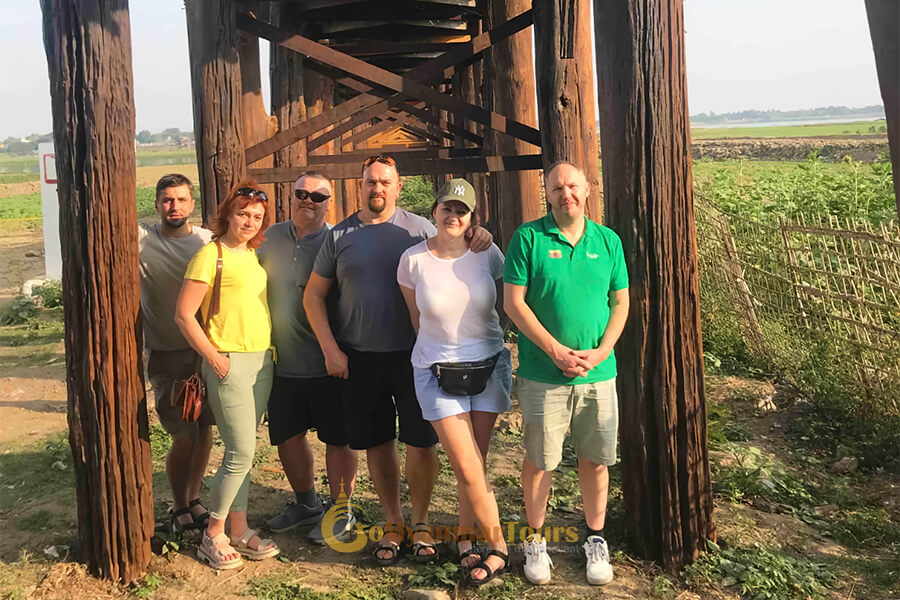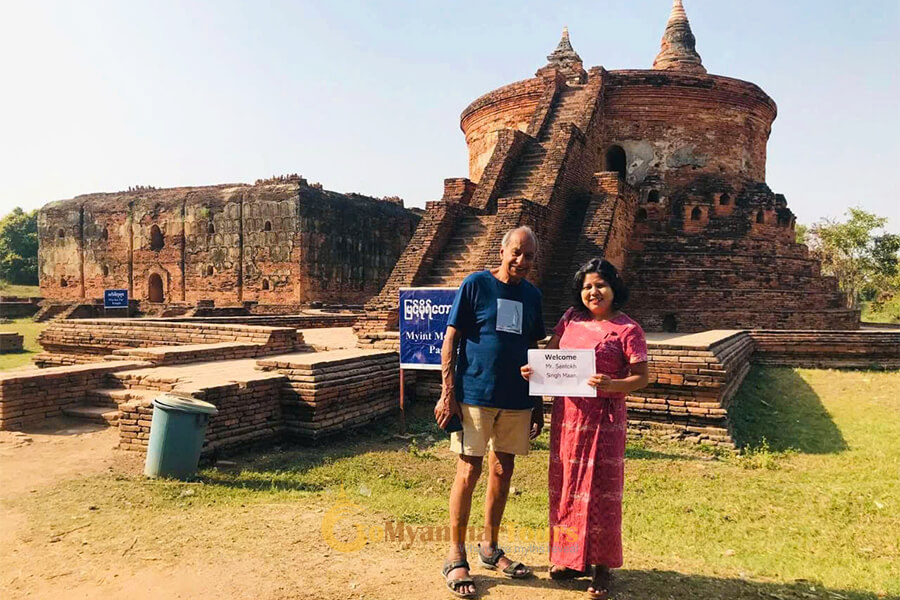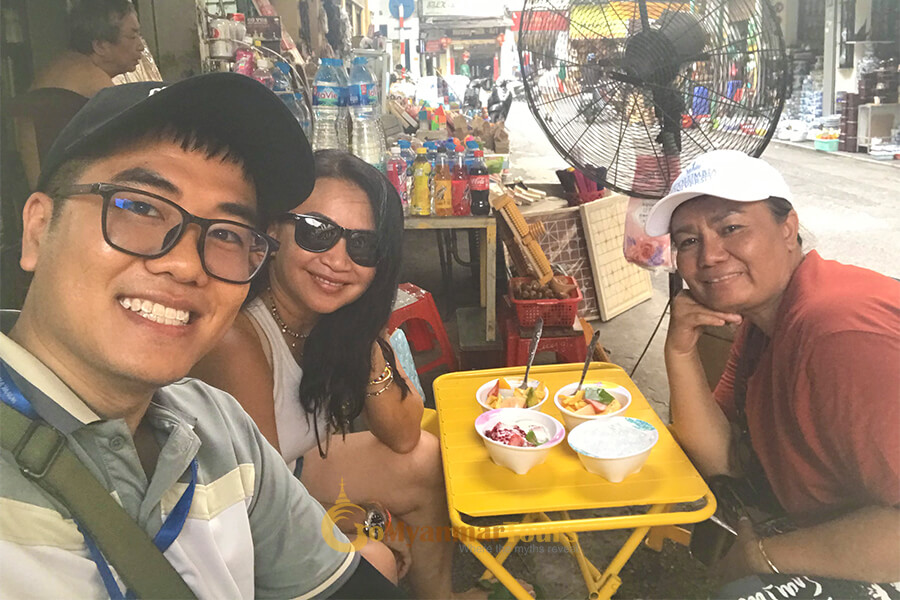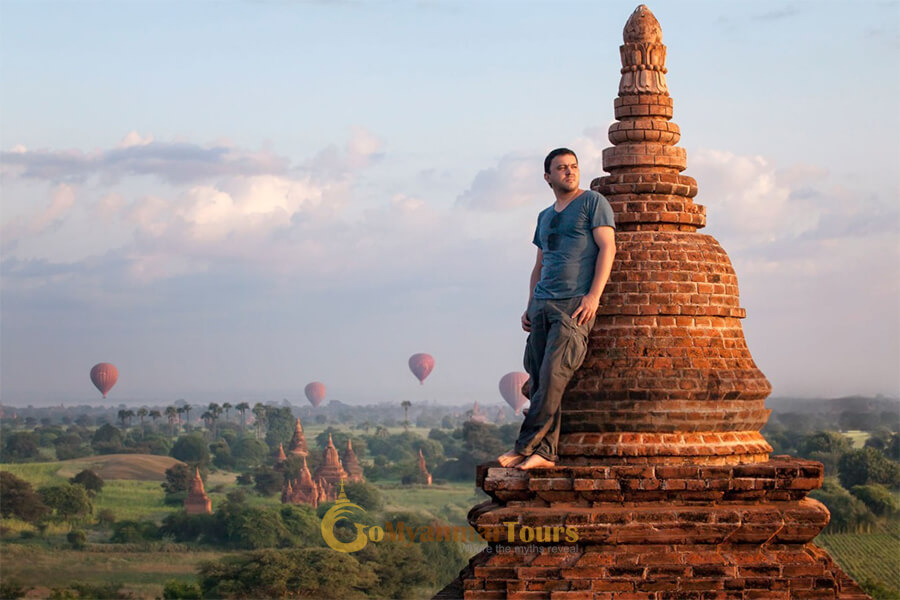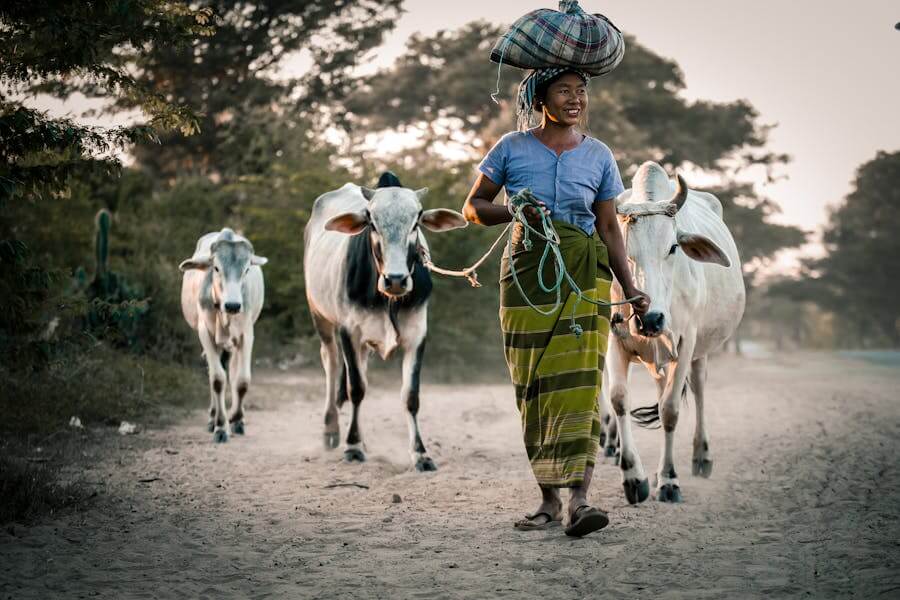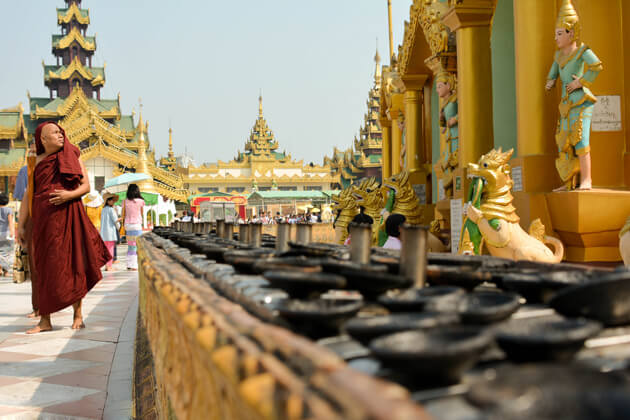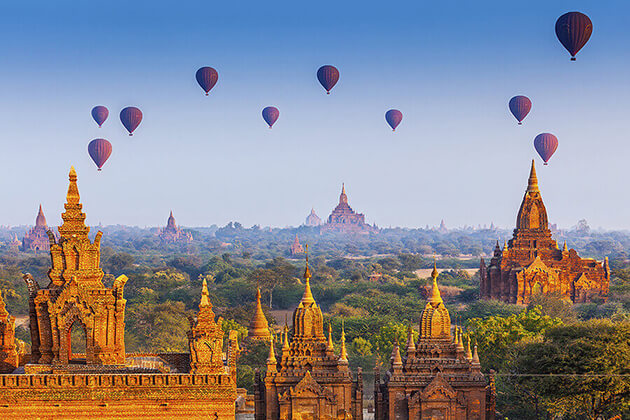Stepping out of a fragmentary past into a new era of hope and optimism, Myanmar (Burma) is an epic land where thousands of different feelings, landscapes, temples, and people are rolled into one. It’s huge, and looks like a hundred countries. Probably because there are 135 ethnic groups, each with its own way of doing things. Expect to be overwhelmed by radiant cities of gilded temples, enlivened by the unspoiled natural landscape, and humbled by the warm smiles of friendly villagers. Even after a lifetime in Myanmar, there would still be more to see, taste, discover, and experience. Take a trip back in time to discover peaceful pagodas, sacred sites, ancient towns, and monasteries of Myanmar.
Go Myanmar Tours is operated by a local operator in Myanmar & Asia. With over 18 years of experience in the Burma tourism industry, Go Myanmar Tours delivers a variety of Myanmar tours & travel packages for individuals, families, and groups of all sizes. We also work with you to create a unique Myanmar tour to suit your specific interests and preferences.
Special Small - Group Luxury Journey
Very Best of Myanmar - 10 Days
Date: 2nd - 11th February 2026
Experience true elegance with our Special Small-Group Luxury Journey, part of our premium Burma tours collection. Limited to just ten guests, it offers personalized service, exclusive comfort, and five-star stays across Myanmar’s most enchanting destinations, making it one of our most exceptional Myanmar tour packages.
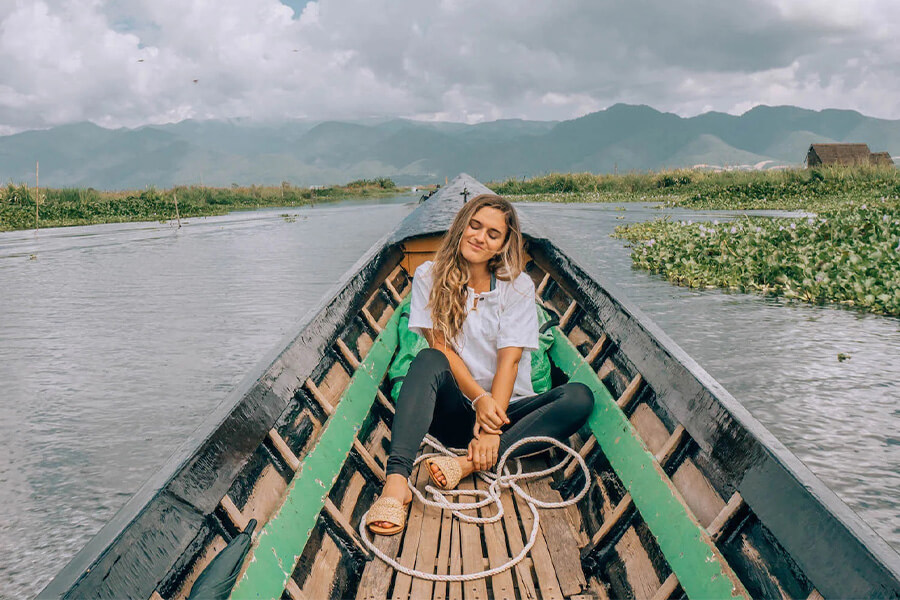
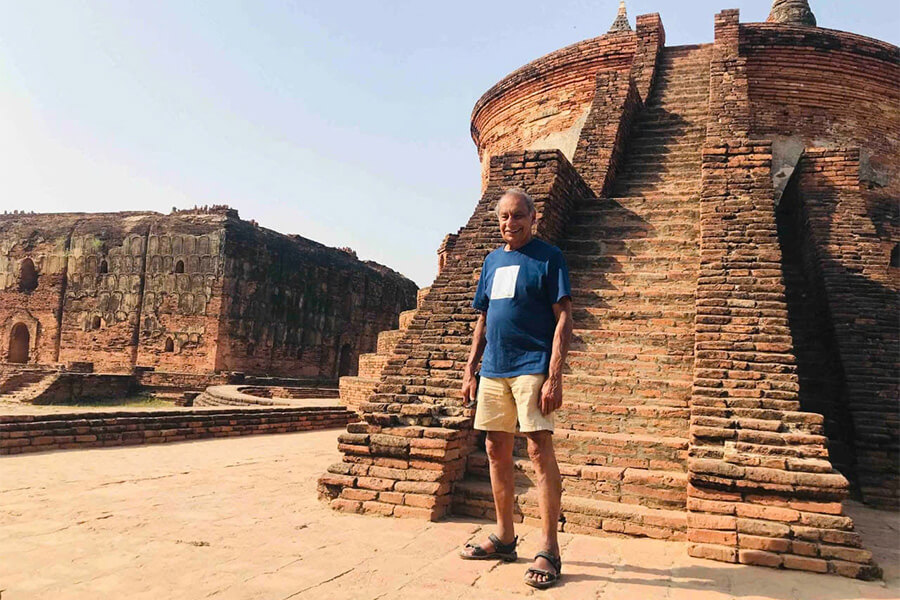
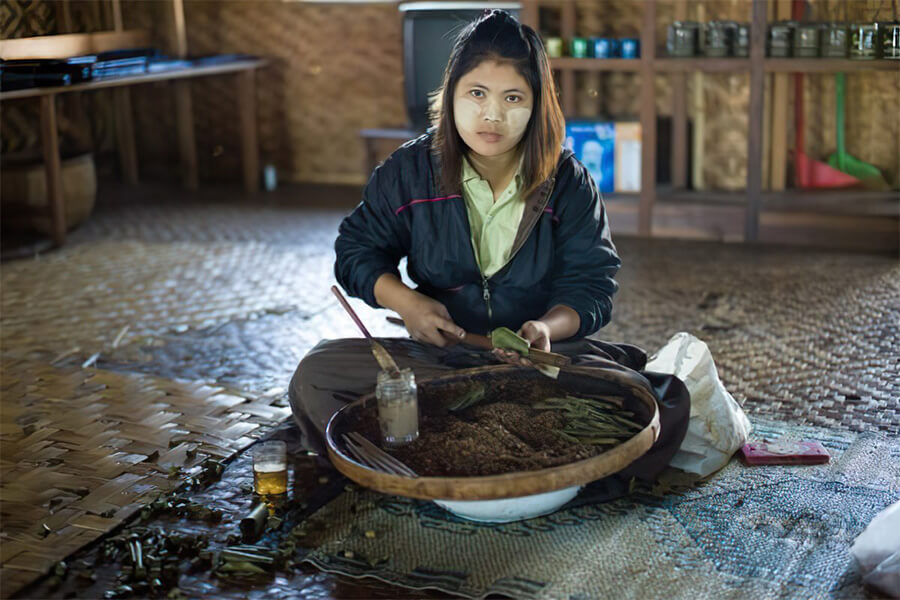
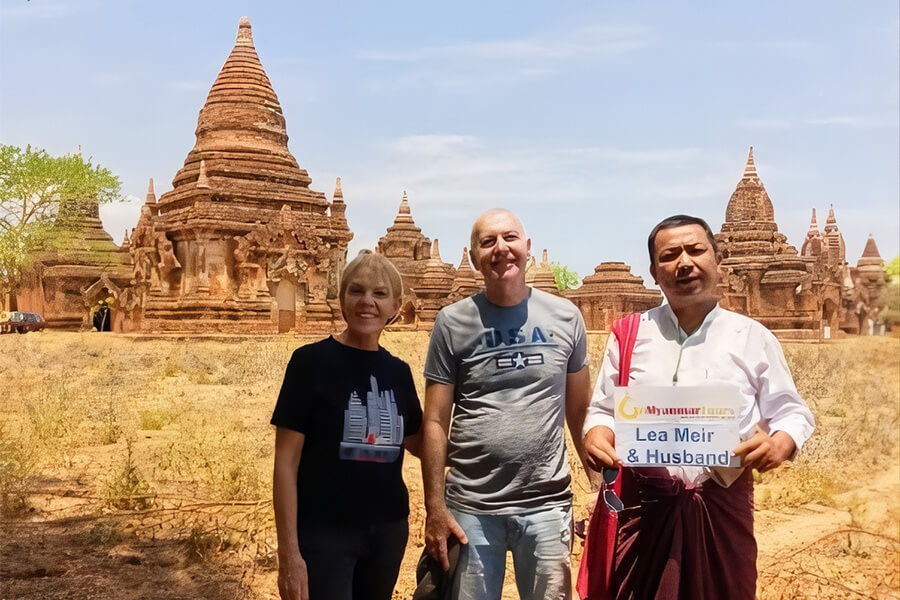
Tailored Myanmar Tours for Small Groups
Go myanmar tours
WE ARE RESPONSIBLE
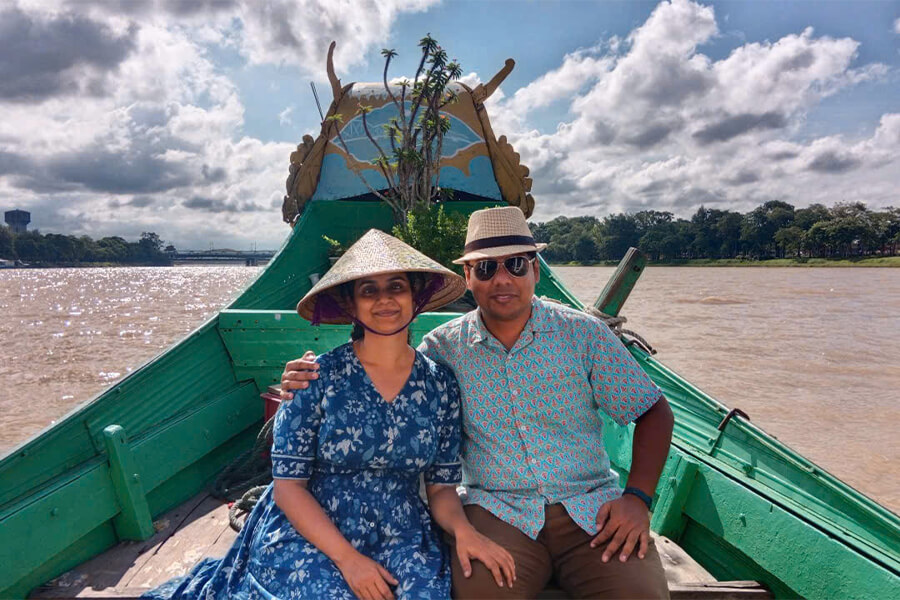
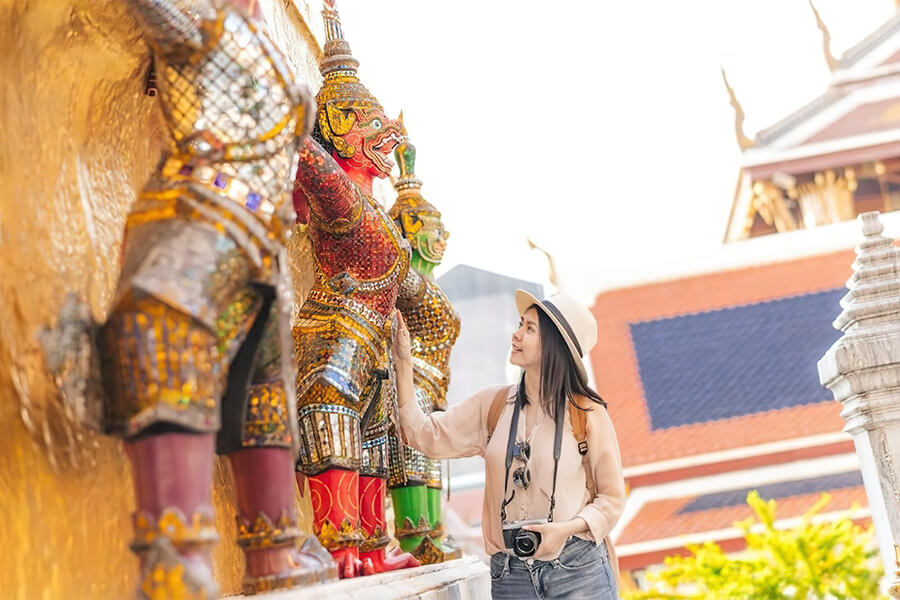
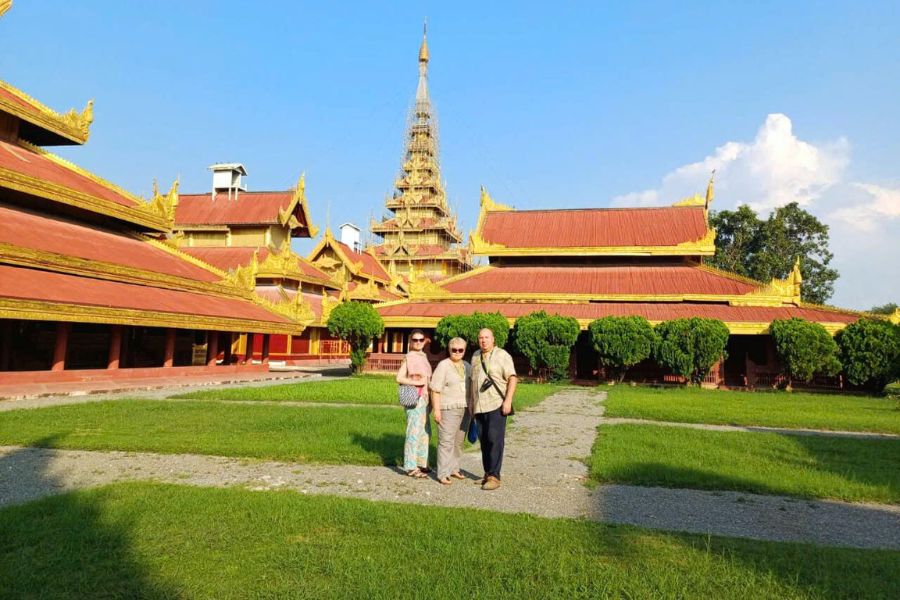
Mission of Go Myanmar Tours
Our mission is to offer Myanmar travel package that advocate for eco-conscious behaviors, championing local conservation initiatives, and facilitating cultural exchanges that honor and embrace our planet's diversity.
At Go Myanmar Tours, we hold firm to the belief that travel isn't just about exploration; it's also about safeguarding the destinations for future generations. We aim to offer fulfilling Myanmar tour experience while nurturing both the environment and local communities.
Myanmar Tour Packages by Themes
Explore Myanmar effortlessly with a well-curated Myanmar trip package categorized by travel themes. Each themed itinerary showcases the country’s iconic cities, heritage sites, natural wonders, and authentic local encounters, ensuring you can choose the type of journey that aligns perfectly with your travel style.
Myanmar Tours by Destination
Top 8 Myanmar Tours & Vacation Packages 2025-2026
Myanmar Classic Tours
Tour Route: Yangon - Bagan - Mandalay - Amarapura - Ava - Mandalay
Myanmar Family Tours
Tour Route: Yangon – Bagan – Pakokku – Monywa – Mandalay – Irrawaddy River – Mingun – Ava – Pyin Oo Lwin – Mandalay – Yangon
Myanmar Classic Tours
Tour Route: Yangon – Bagan – Mandalay – Inle Lake – Yangon
Myanmar Classic Tours
Tour Route: Mandalay – Amarapura – Ava – Mingun – Bagan – Kalaw – Inle Lake – Indein – Heho – Yangon – Ngwe Saung – Yangon
Myanmar Classic Tours
Tour Route: Yangon – Mandalay – Bagan – Yangon
Myanmar Family Tours
Tour Route: Bagan and its must-see sites and activities
Yangon Tours & Day Trips
Tour Route: Yangon – Bagan
Myanmar Classic Tours
Tour Route: Yangon – Bagan – Mandalay – Amarapura – Pyin Oo Lwin – Heho – Pindaya – Kalaw – Inle Lake – Yangon
Extend Your Myanmar Trips
Multi-countries Tours
Tour Route: Phnom Penh – Siem Reap – Yangon – Mandalay – Bagan – Heho – Inle Lake – Indein
Multi-countries Tours
Tour Route: Hanoi – Halong Bay – Hue – Danang – Hoi An – My Son – Ho Chi Minh City – Cu Chi – Vinh Long – An Binh Island – Tan Long Island – Cai Be – Yangon – Bagan – Mandalay – Inle Lake – Yangon
Multi-countries Tours
Tour Route: Siem Reap – Angkor Complex – Koh Ker – Beng Mealea – Kompong Phluk – Hanoi – Halong bay – Chiang Mai – Elephant Camp – Chiang Dao – Chiang Rai – Golden Triangle – Yangon – Bagan – Heho – Inle Lake – Indein – Mandalay – Amarapura – Irrawaddy River – Mingun – Bangkok – Floating Market Damnern Saduak – Kanchanaburi – Bangkok
Go Myanmar Tours - Where The Myths Reveal
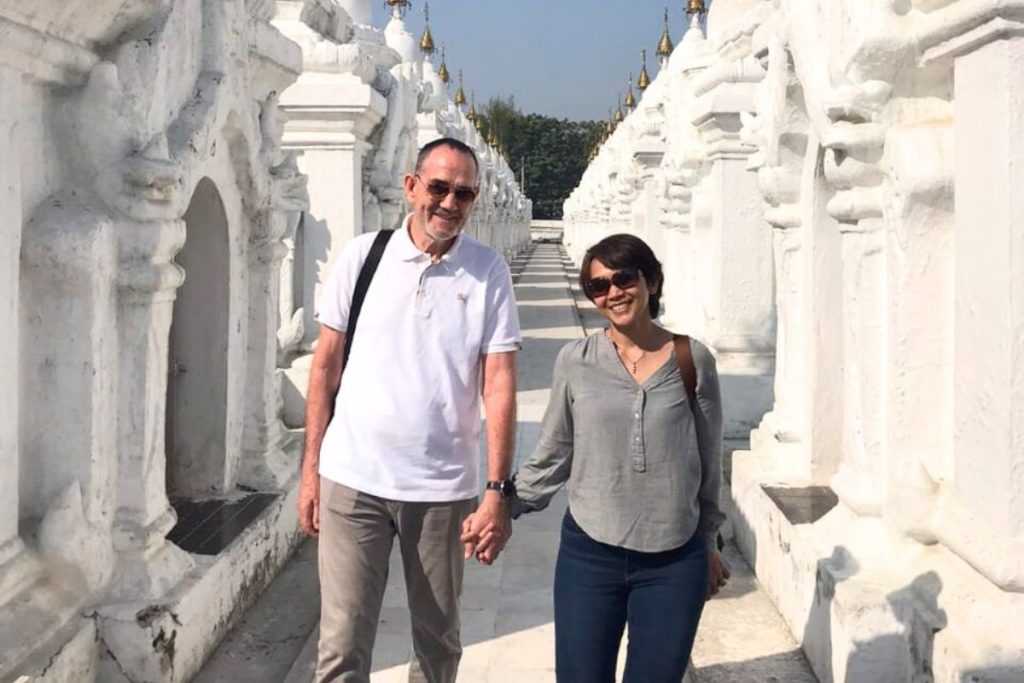
Easy Burma Trips Planning
- Speak 1-1 with a dedicated Myanmar Travel Expert
- Free Inquiry - Promptly Response - Consistent service - Seamless itineraries
- We share commitment to quality & the delivery of authentic Myanmar tour packages
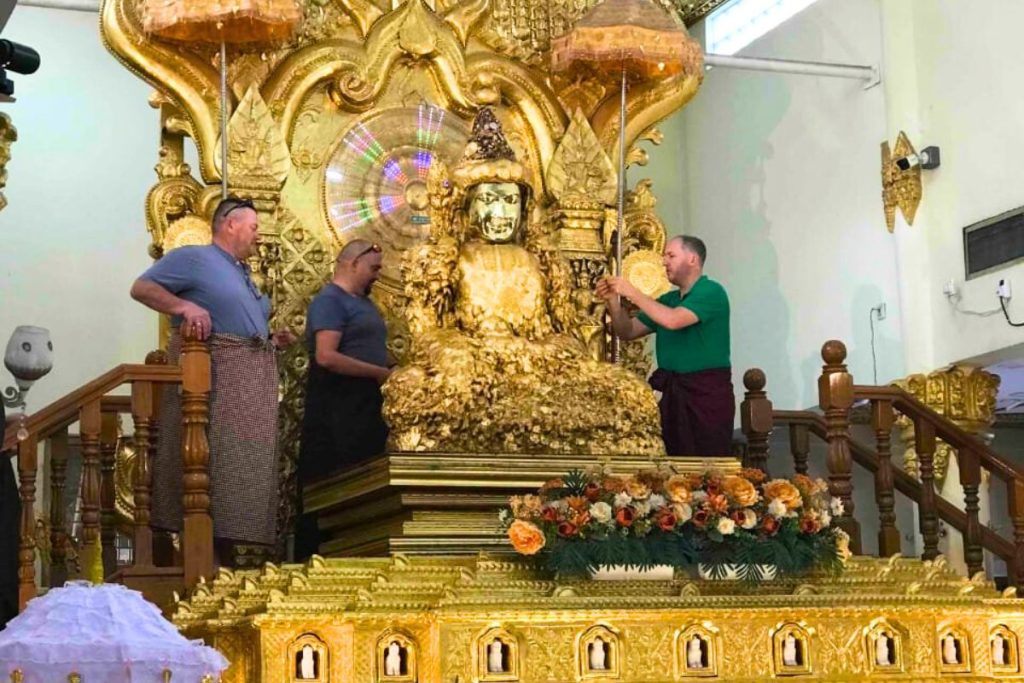
Authentic Myanmar Tours
- We want you to go home with amazing stories about your Burma trips
- Unlock the real Myanmar, local insights
- Visit local families, rural farmers, and experience local life
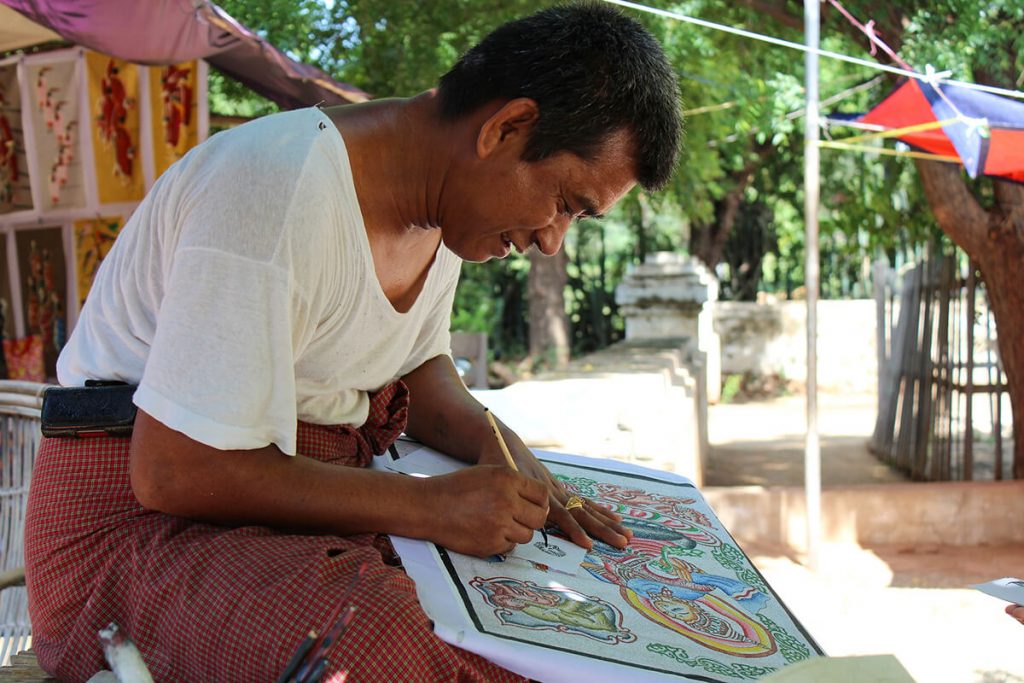
Local Expert Customizing
- Over 18 years of experience in tailoring Myanmar vacation packages
- Hand-picked accommodations with thorough scouts
- Your time, your pace - No limited change, without charge
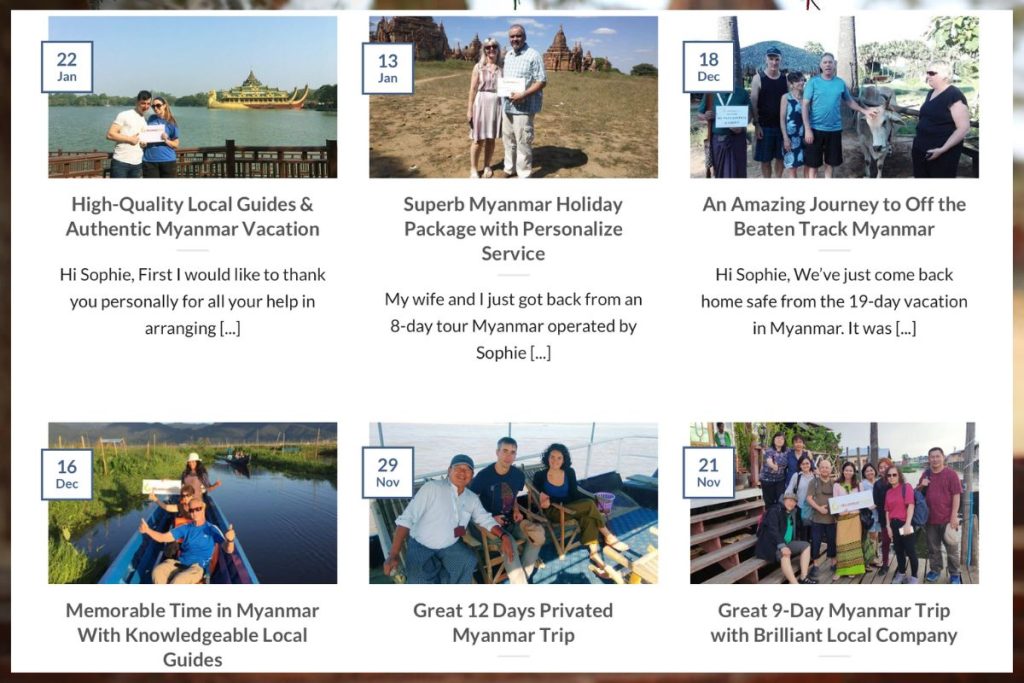
Outstanding Reviews
- Tripadvisor Hall of Fame for eight years in row (2015 to 2023)
- Thousands of customers chose us each year including Celebrities, M.I.C.Es, TV Shows
What You Will Receive with Go Myanmar Tours
Happy Guests on Our Myanmar Travel Packages
Useful Information for Burma Tours
Capital: Naypyidaw
Currency: Burmese kyat (MMK)
Population: 54.8 million
Language: Burmese
Religion: Buddhism
Timezone: (GMT+06:30) Yangon (Rangoon)
Electricity: Type C (European 2-pin), Type D (Old British 3-pin), Type F (German 2-pin, side clip earth), Type G (Irish/British 3-pin)
Dialling Code: +95
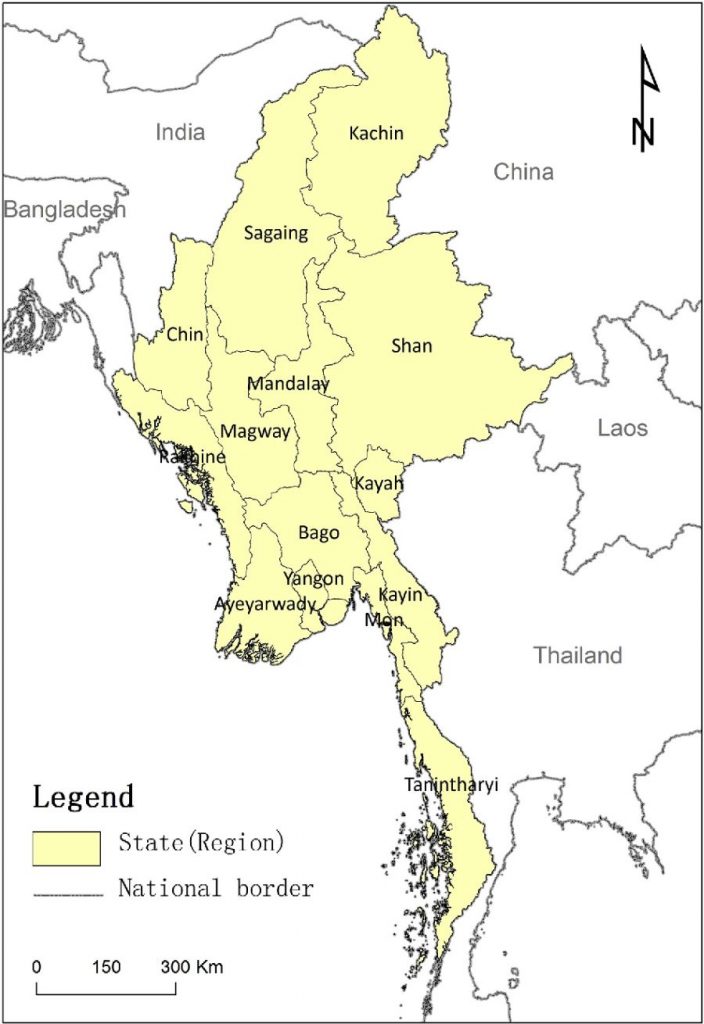
Happy 18th Anniversary of Go Myanmar Tours
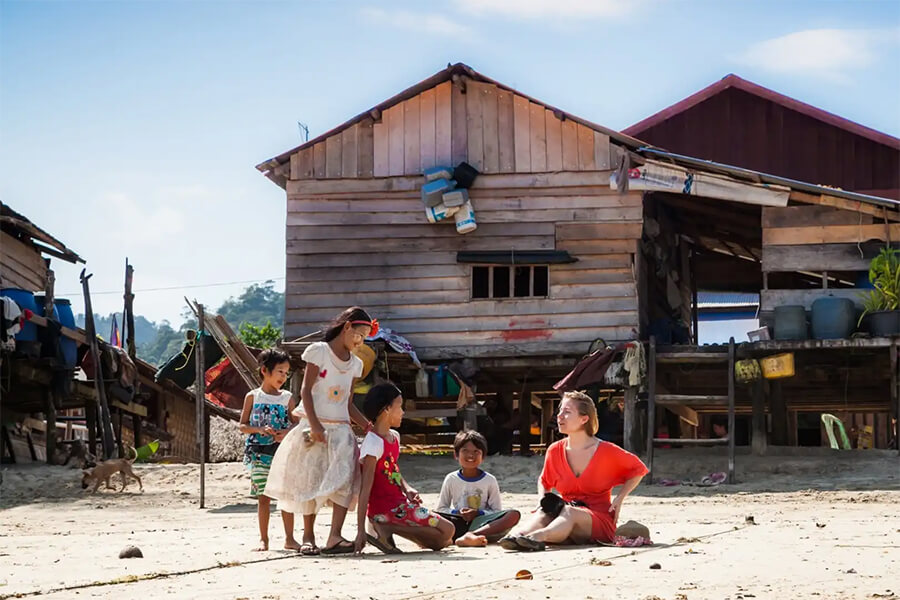
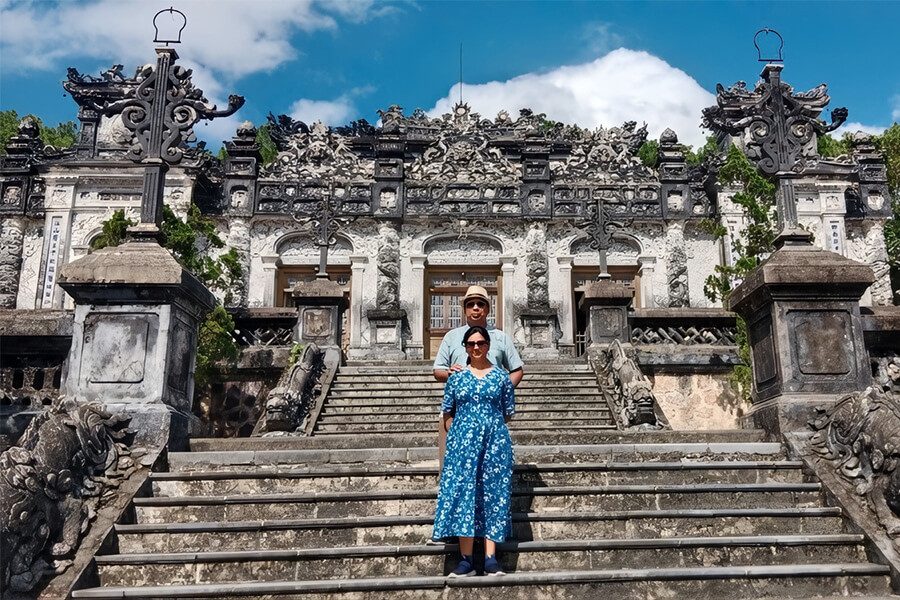
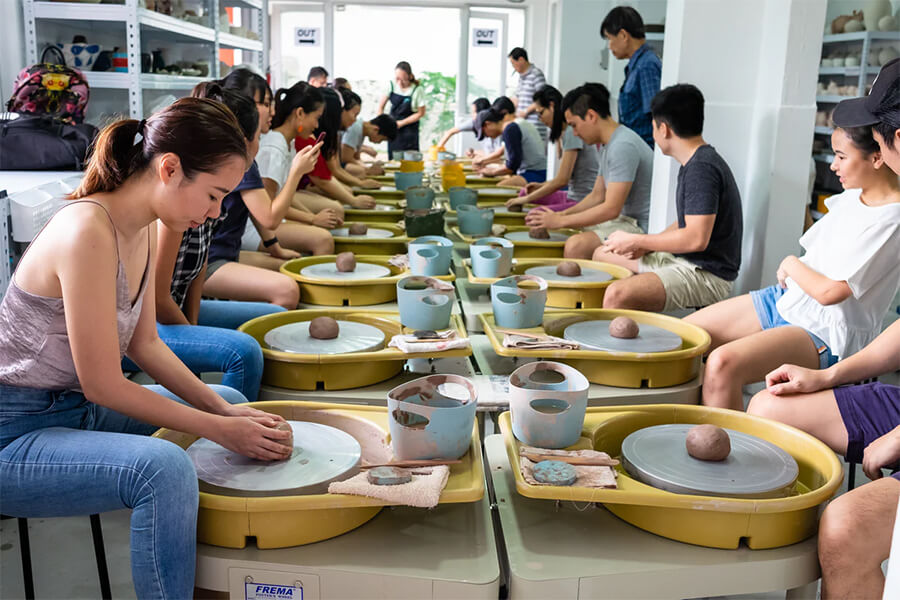
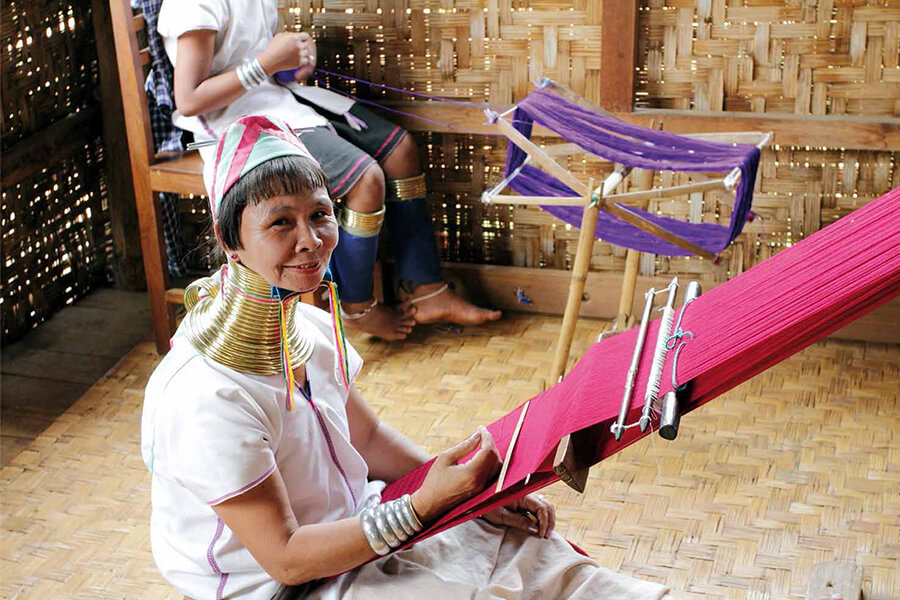
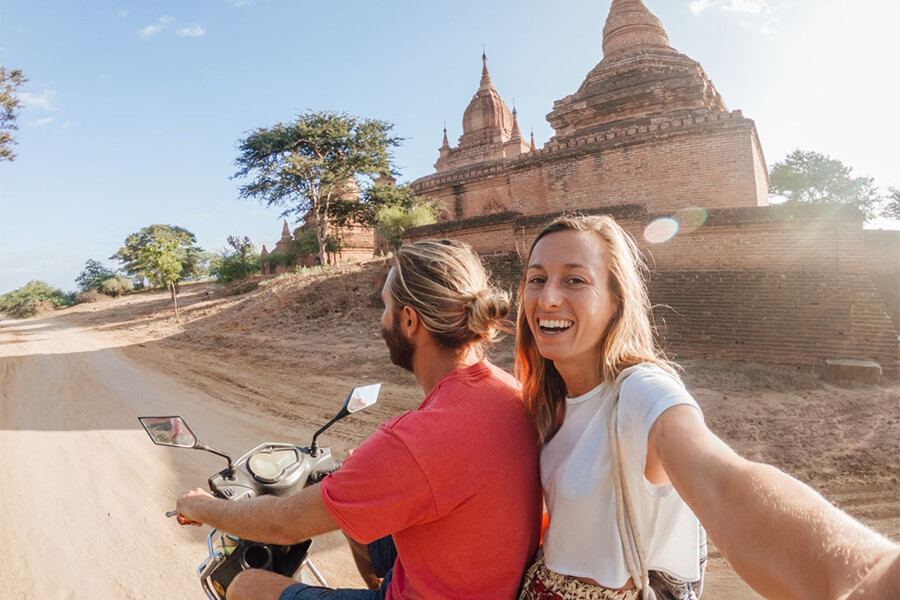
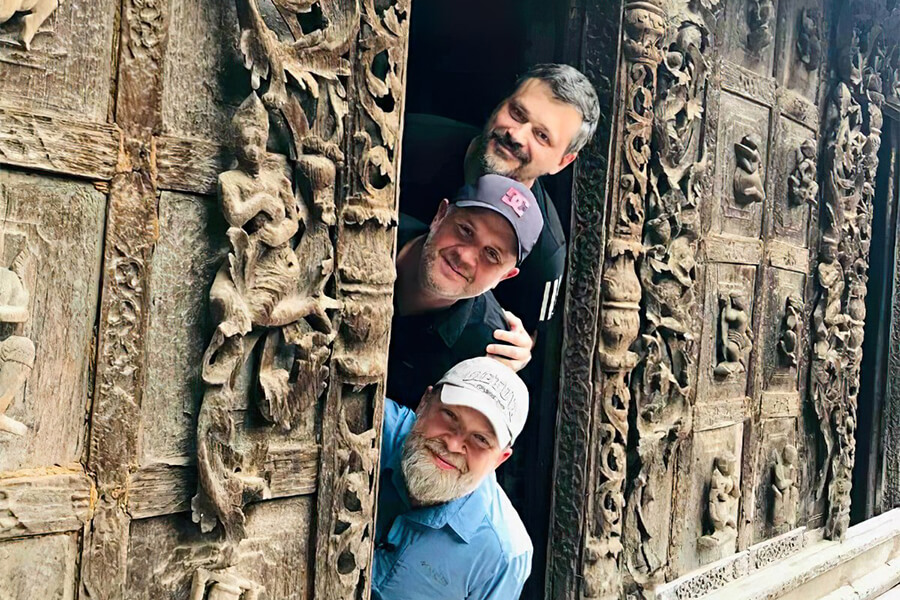
18+
YEAR EXPERIENCES
20.000+
CUSTOMIZED TRIPS
99%
EXCELLENT REVIEWS
180.000+
HAPPY GUESTS
Join the celebration as Go Myanmar Tours joyfully marks 18 years of spreading happiness through enchanting journeys across Myanmar’s mesmerizing landscapes. With every passing year, we’ve woven a tapestry of joy, shaped by the smiles and stories of our cherished travelers. From misty mountain dawns to golden pagoda sunsets, each Myanmar tour has become a shared memory of wonder and connection. We’re endlessly grateful to our valued partners and joyful wanderers who have been the driving force behind Go Myanmar Tours' success. As we step into a new chapter, discover hand-crafted Myanmar travel packgaes designed for comfort, culture, and authentic local encounters. Come write your next adventure with us because the best Myanmar tour is the one that brings you back, heart full and eyes bright.

